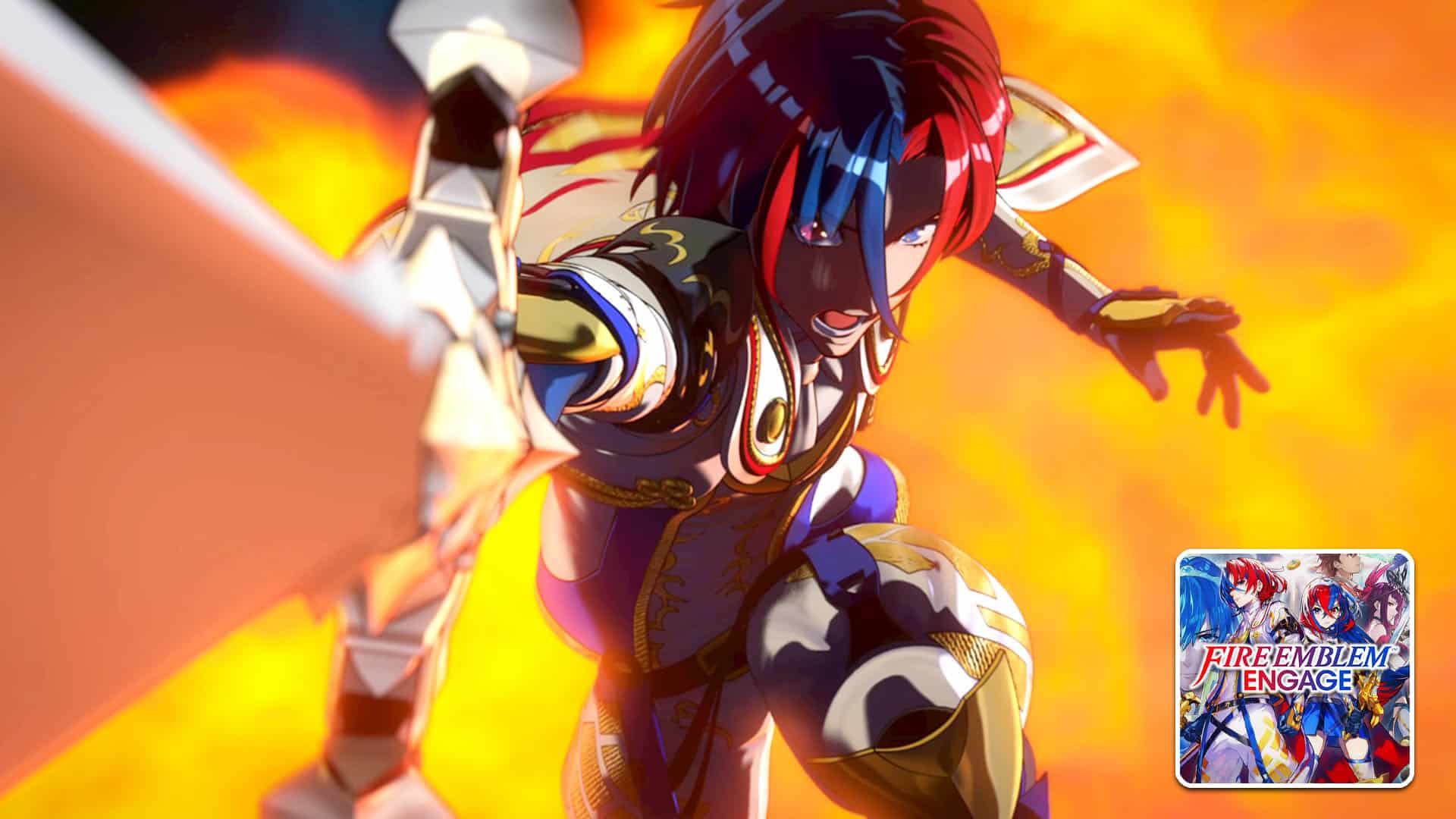Fire Emblem Engage contains many mechanics regarding character growth and leveling, romance, combat, and more.
Among them is a handy battle mechanic known as Break, which can provide some helpful advantages when used correctly.
Recommended Read: What Are Wake-Up Events in Fire Emblem Engage?
Break is a battle mechanic that, when triggered, gives an enemy a status effect that prevents them from counterattacking your units in the same turn. Break can be triggered frequently if you have the correct strategy in place and know your weapon advantages, so these are essential factors to remember during your gameplay.
Table of Contents
What is Break in Fire Emblem Engage?
In Fire Emblem Engage, Break is a battle mechanic that prevents enemies from counterattacking your units in the same combat turn.
Break is an incredibly useful method for lowering the damage your unit takes each turn. It can be achieved consistently in combat with some knowledge regarding weapon advantages and is relatively easy to understand once you’ve got the weapon triangle down.
A unit inflicted with the Break status effect cannot make a counterattack until after their next turn in battle.
There is a chance to inflict the Break status effect each time you attack an enemy with a unit holding a weapon that has an advantage over the weapon the enemy has in use.
Because Break can be so helpful in reducing the amount of damage you take in a turn, it’s essential to take the time to review and learn about each of your units and the weapons they worst best with. In doing so, you’ll better understand how you can use each unit’s strengths to trigger Break against your enemies in combat.
How Does Break Work in Fire Emblem Engage? Full System Explained
To maximize your chances of inflicting a Break on an enemy in Fire Emblem Engage, you’ll need to attack with a unit that has a weapon advantage over the opposing unit.
To check an enemy’s weapon in battle, you can do so simply by viewing the combat map.
On every map in Fire Emblem Engage, enemies will have a small colored icon located above their character sprite.
You can check these icons prior to initiating battle to determine which weapon the enemy unit will use and select a unit with an advantage or equip a weapon that will grant an advantage to your unit before committing to your attack.
You’ll need to understand the weapon triangle to properly strategize with your units to create the best opportunities for Break.
In Fire Emblem Engage, the weapon triangle is a simple rock-paper-scissors-like structure that determines one weapon’s advantage and weakness over another.
Here’s a complete breakdown of the weapon triangle, so you can get right to planning your strategies out in combat.
- Swords have an advantage against Axes but are weak to Lances.
- Axes: have an advantage against Lances but are weak to Swords
- Lances: have an advantage against Swords but are weak to Axes.
It’s also worth mentioning that you can earn an advantage outside of the weapon triangle over Bows, Tomes, and Knives with Combat Arts.
For example, suppose you attack an enemy holding an Axe with a unit holding a Sword. In that case, you will have a random chance to trigger the Break status effect on this enemy, preventing them from taking counterattacks against all of your units until their next turn is over.
You will have the chance to trigger Break against multiple enemies in a round. This chance to inflict Break occurs each time you attack successfully using the weapon triangle, so with a bit of practice, you can really start utilizing this mechanic to its full potential.
That’s everything you need to know about how break works in Fire Emblem Engage.
Is there a situation where Break has come in handy for you during your own Fire Emblem Engage playthrough? Feel free to let us know in the comments section below.
